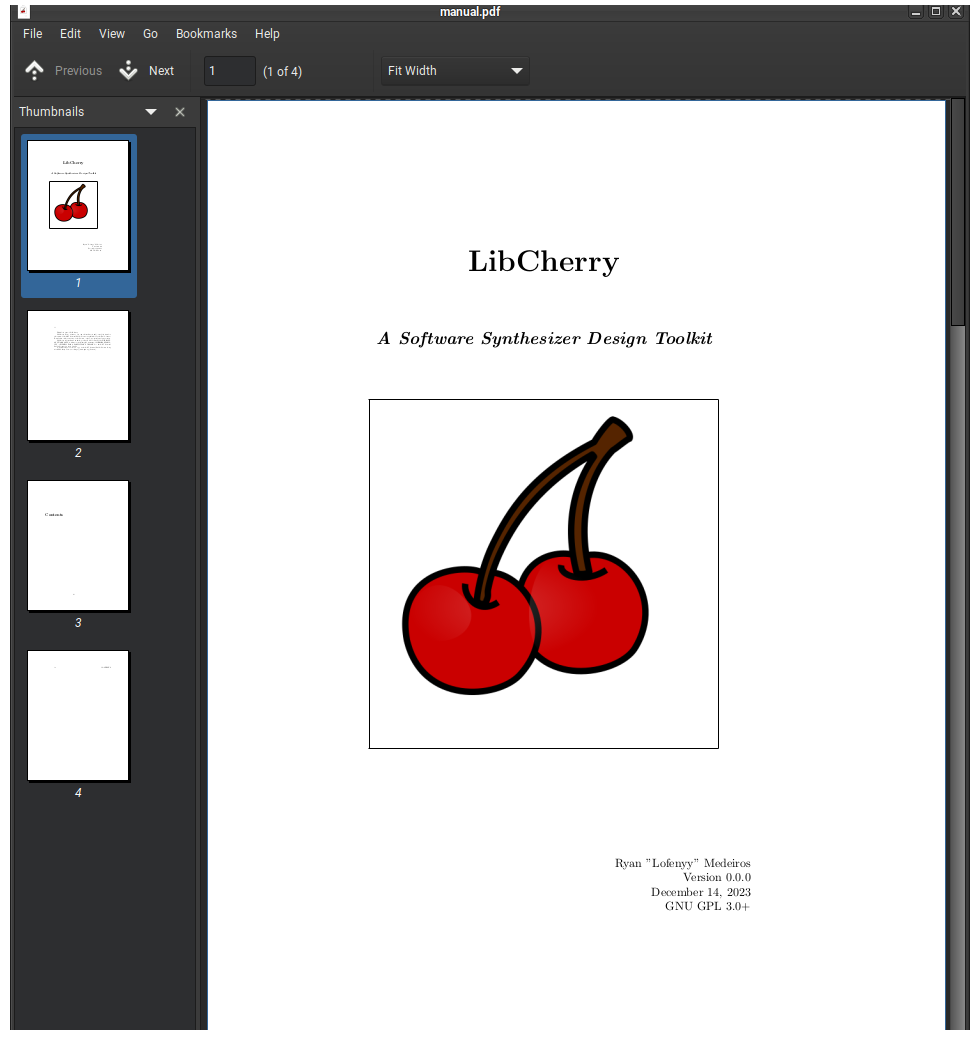this post was submitted on 14 Dec 2023
106 points (95.7% liked)
Technology
59107 readers
3248 users here now
This is a most excellent place for technology news and articles.
Our Rules
- Follow the lemmy.world rules.
- Only tech related content.
- Be excellent to each another!
- Mod approved content bots can post up to 10 articles per day.
- Threads asking for personal tech support may be deleted.
- Politics threads may be removed.
- No memes allowed as posts, OK to post as comments.
- Only approved bots from the list below, to ask if your bot can be added please contact us.
- Check for duplicates before posting, duplicates may be removed
Approved Bots
founded 1 year ago
MODERATORS
you are viewing a single comment's thread
view the rest of the comments
view the rest of the comments

Funny that you mention it. Synthesizers are very much a product of university research programs. Back in the 60's and 70's, when synthesizers as a concept was still new, there was heated debate between the pioneers of the field (Robert Moog in New York and Donald Buchla in Berkley, California) over whether or not synthesizers should even have a keyboard.
The origin of the word "synthesizer" isn't actually "synthetic", as many believe, but rather synthesis, as in the academic sense of the word, from the idea of breaking a sound down into it's individual parts and reassembling them.